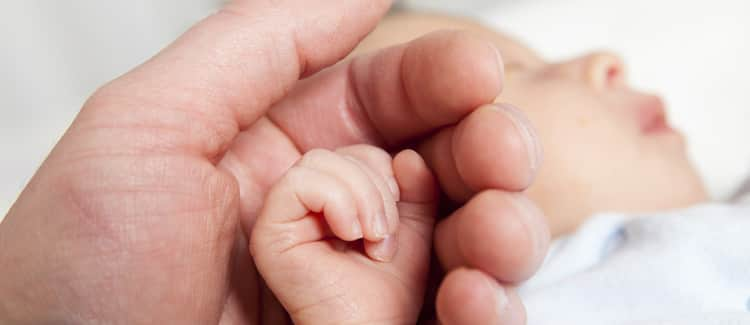An interactive approach engages them and fosters a positive learning experience. Below, we explore how introducing first aid interactively can benefit children, especially when combined with positive parenting strategies.
The Importance of Early First Aid Education
First aid training can give children confidence and independence. They learn how to treat small injuries, such as cuts, burns, or even bruises, and stay calm in certain situations. Parents can make a big difference by incorporating first aid into their parenting style. In this way, they can ensure that their children feel at ease while learning something very important for their lives. Active involvement in this respect contributes to the strength of the male-female bond, making parenting more hands-on and positive parenting.
Hands-On Learning Through Fun Activities
Children will prefer learning easily if the activities are interactive and involve more participation. Using games, role-playing, and other forms of demonstration, first aid techniques shall be applied easily by young learners. For instance, performing the recovery position with a friend or bandaging a soft toy allows children to apply some of the learned first aid in a fun and uncomplicated manner. Parents can incorporate these exercises at home and add them to their parenting tips repertoire while raising responsible children.
Involving Parents in the Learning Process
Parental participation is a vital aspect of first aid education. For example, parents can learn first aid to create an enabling environment that encourages active learning and cooperation. A very supportive parent may provide this environment. This approach is consistent with the principles of positive parenting in that it celebrates encouragement and guidance. Constructive feedback further helps to boost a child's confidence as they progress through the class.
Creating a Safe and Supportive Environment
One of the best ways to teach first aid to young children is by using a safe, supportive environment where children should feel at ease making mistakes and learning from them. Parents should ensure open communication through a parenting style that makes children feel safe to ask and say whatever they want. This way, children will grow up knowing the importance of safety without anxiety or feeling overwhelmed.
Encouraging Lifelong Safety Awareness
First aid education is not just about responding to accidents; it’s also about fostering a mindset that prioritises safety and well-being. By starting young, children develop a sense of responsibility for their actions and those of others. Parents who promote this type of learning at home contribute to their children’s overall development, making parenting tips such as these essential for raising aware and confident individuals.
To Sum Up
Introducing interactive first-aid lessons for young learners is a fantastic way to equip children with essential skills for life. When combined with a positive parenting approach, these lessons become even more effective, promoting confidence and responsibility in children. Incorporating first aid education into your parenting style is not only an investment in your child’s safety but also strengthens the bond between parent and child. As part of everyday parenting, these skills will ensure that your child is prepared to respond to emergencies confidently and effectively.
Just as first aid knowledge helps young learners respond to emergencies, term insurance helps protect your family’s future by providing financial security in times of need.

























































